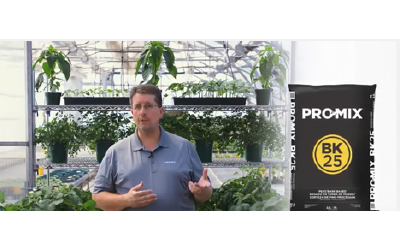What Happens If We Do Nothing About Farm Labor Shortages?
Farm labor shortages are driving growers to make short-term adjustments. But what about the longer term? While no one has the crystal ball, here are some of the changes we may see play out over time if our primary policy goals — legal presence and authorization to work for the current workforce, and a better visa program for the future — do not materialize in a significant way.
1. Mechanization and automation. This one is already happening, whether it means replacing jobs with machines or upgrading the nature of jobs that need to be performed in plant production to make them more attractive. Beyond robotics and machines, we’ll see advances in sensor technology, artificial intelligence, and more. Expect significant pressure to invest more resources into research and development and acquisition and deployment of automation and mechanization solutions.
2. Standardization. Ours is an industry where everyone wants to do it their own way. There’s little standardization in everything from facility layouts to container or flat sizes to how we load and ship. The downside is that it’s much harder to mechanize or automate without greater standardization. We learned this lesson years ago, when a nursery mechanization initiative unsuccessfully sought to apply the latest robotics innovations to build handling systems for container-grown plants. So the need to mechanize and automate may drive standardization like nothing else has.
3. Plant Diversity and Specialization. Unyielding farm labor pressures will force growers to think hard about what they are producing. Harder-to-grow or more labor-intensive crops may fall away, or alternatively, industry players may seek greater efficiencies through greater specialization within supply networks.
4. Outsourcing and Offshoring. A colleague in the produce industry recently predicted that large-scale vegetable growers will mechanize what they can, and move production of what they can’t to offshore locations. Similar pressures are likely in our corner of horticulture, tempered at least for a while by phytosanitary restrictions. Still, aspects of production that can be done elsewhere, with more favorable labor and climate circumstances, have already moved offshore. Well over 1 billion unrooted cuttings are already produced offshore and imported into the U.S. for domestic production.
5. Supply Chain Integration. As the industry matures and margin pressures continue relentlessly, closer integration and consolidation in the supply chain seems highly likely.









